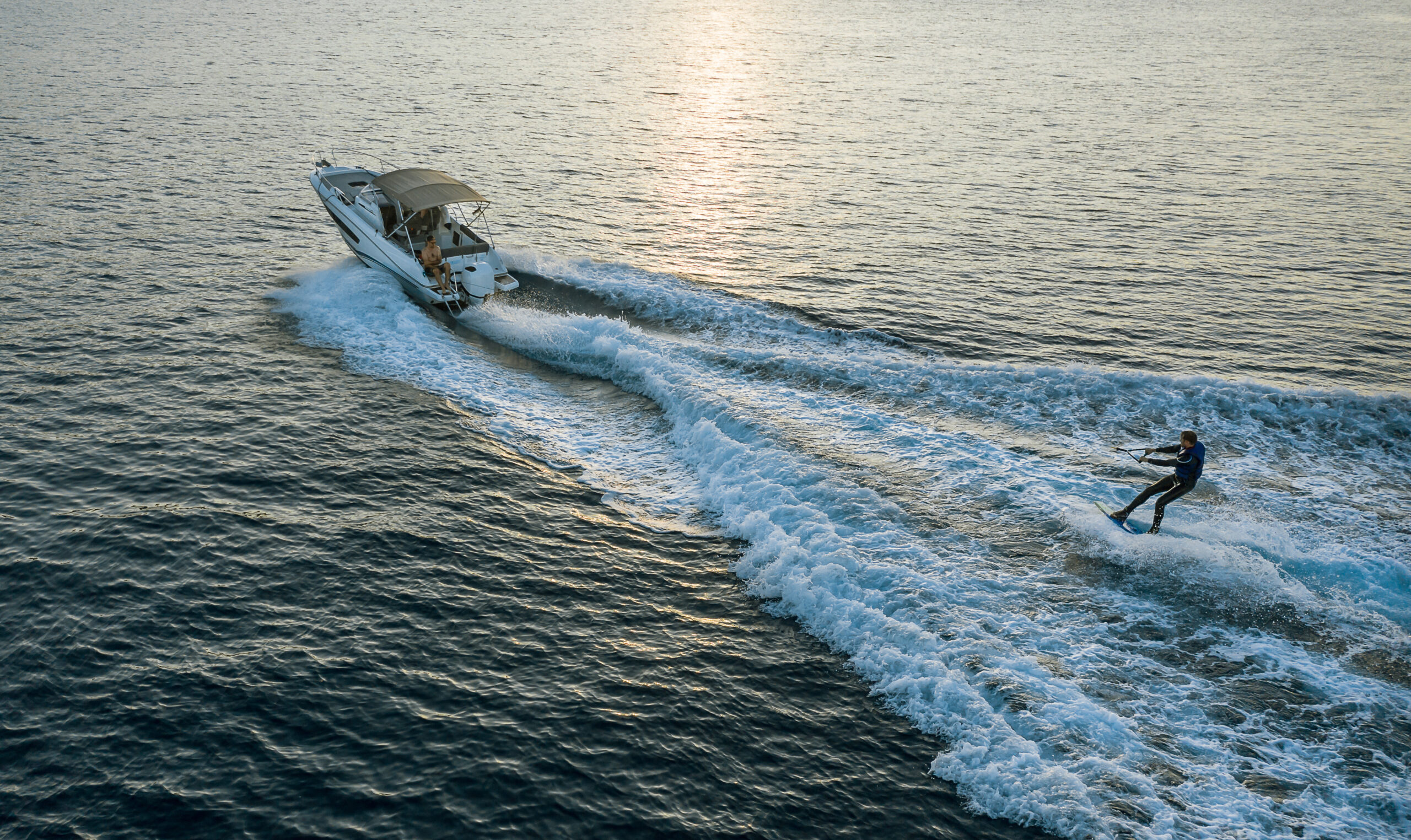Foil surfing, also known as hydrofoiling, has rapidly become one of the most exhilarating water sports. By riding a hydrofoil attached to a surfboard, enthusiasts experience a floating sensation above the water as the foil glides through the waves. The hydrofoil surfboards market was valued at USD 207.66 million in 2023 and is projected to reach USD 266.39 million by 2030, growing at a CAGR of 4.27%. To get started with foil surfing behind a boat, follow this comprehensive guide that covers everything from gear to safety.
Equipment Needed
Before you embark on your foil surfing adventure, ensure you have the necessary equipment:
- Foil Board: A specially designed board with a hydrofoil attached. Choose one according to your skill level. You can consider foil boards from Delta Hydrofoil or Lift Foils.
- Tow Rope: A durable rope suited for water sports. Check out options from Windance Foiling Experts.
- Life Jacket: Essential safety gear for water activities. Windance Foiling Experts offers a selection of life jackets.
- Boat: Ensure it’s powerful enough to tow and provide a suitable wake.
Steps to Foil Surf Behind a Boat
- Start in Calm Waters: Begin in a lake or a calm bay where there’s less resistance and distraction from waves or currents.
- Gear Up: Wear your life jacket and attach the tow rope to the boat. For suitable gear you can check out Windance Foiling Experts.
- Positioning: Lie belly down on the foil board with the foil facing down. Hold onto the rope and let your arms lie flat on the board.
- Boat Speed: Ask the driver to start slowly. While the ideal speed for foil surfing is between 8-12 mph, gauge it according to the surfer’s weight—average-weight individuals require 4-8 mph, heavier riders may need above 8 mph, and thinner individuals less speed.
- Stand Up: Once you feel comfortable with the speed, slowly lift your chest, and then stand up while keeping your knees bent for stability. Wake foiling is considered easier than wakeboarding, especially with a tow, as the board does most of the work.
- Balance and Control: Lean back slightly to lift the board out of the water and engage the foil. Adjust your weight to maintain balance as you glide through the water.
Safety Precautions
Safety is paramount when participating in any water sport. Ensure you follow these guidelines:
- Wear a Life Vest: Always wear a life vest to ensure your safety in the water. Life vests can be sourced from Windance Foiling Experts.
- Safe Distance: Keep a safe distance from the boat and other watercraft.
- Spotter on Board: Have someone on the boat to communicate with the driver and alert them of any issues.
Conclusion
Foil surfing behind a boat offers an exhilarating experience like no other. With the right equipment, preparation, and safety measures, you can enjoy the sensation of gliding over water like never before.
Table: Quick Reference Guide
| Step | Description |
| Calm Waters | Start in a lake or calm bay |
| Gear Up | Wear a life jacket and attach the tow rope |
| Positioning | Lie belly down holding the rope |
| Boat Speed | Ideal speed is 4-12 mph |
| Stand Up | Lift your chest and stand while keeping balance |
| Balance | Engage the foil by adjusting your weight |
Foil surfing is a thrilling sport that requires practice and caution. By following these steps and adhering to safety protocols, you’ll be well on your way to mastering the art of foil surfing behind a boat. The sport’s increasing popularity is reflected in the growing market, anticipated to rise at a CAGR of 5.8% from 2022 to 2032, driven by health benefits and increasing participation in water sports. With North America leading in electric hydrofoil surfboards consumption, it’s clear this sport is making waves around the world.
